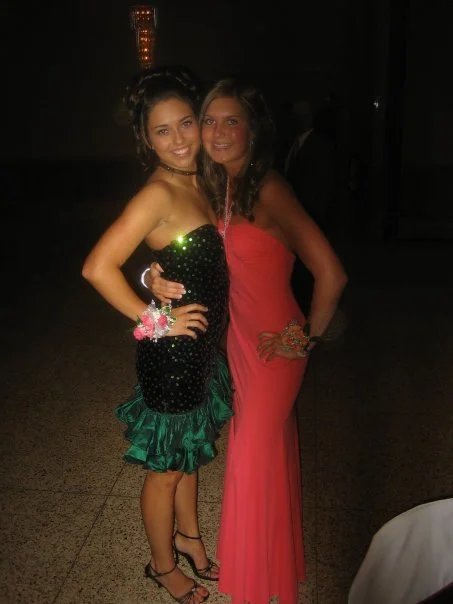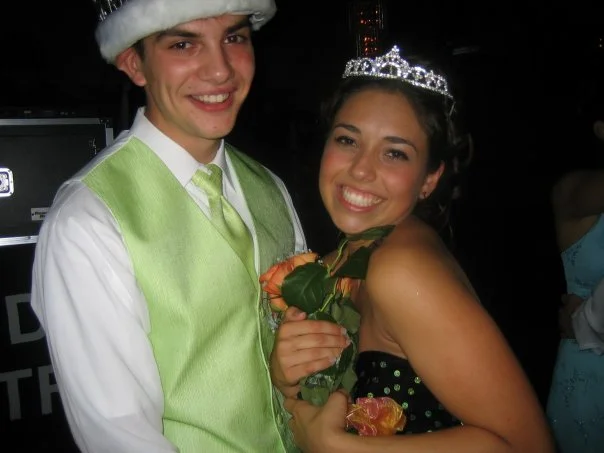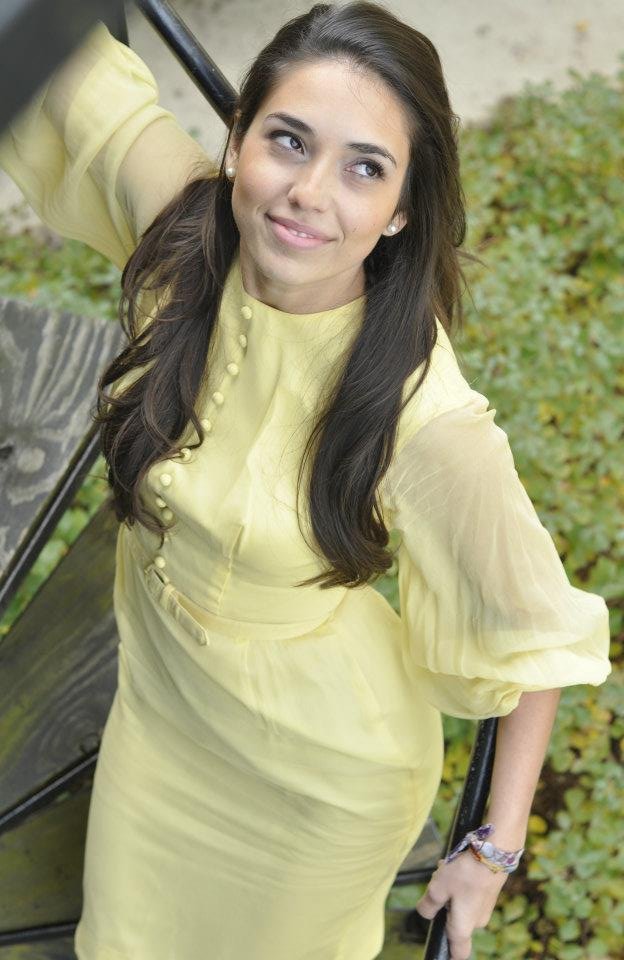How Thrifting Enhances My Travels & Experiences
By: Alexandra Tracy
Ever since most of my suburban classmates growing-up were wearing all the latest seasonal trends from Abercrombie & Fitch, Hollister, and American Eagle, I decided I’d embrace being unique rather than dwelling on the fact that I couldn’t afford the same clothing as them. I mean hey, I was already one of the only Latinas at my school so why does it matter if my style is different too? My Mami and Abuela taught us basic stitching, but starting in Middle School we had one of our close Mexican family friends, Luz Telleria, teach my sister and I to use a sewing machine. We mostly would make our formal school dance dresses from scratch with a lot of her help, not only saving us money but creating pride in such uniquely crafted fashion. I do consider making your own clothing a form of thrifting because the definition states “the quality of using money and other resources carefully and not wastefully.” Furthermore, I discovered from some alternative-styled classmates, who inspired me early on in High School with their quirky fashion from the Salvation Army, mostly comprised of unique used clothing for cheap. This helped to change the way I shop and dress myself for the rest of my life.
Some of the formal school dance dresses my sister and I made between Middle and High School with Luz Telleria’s help:

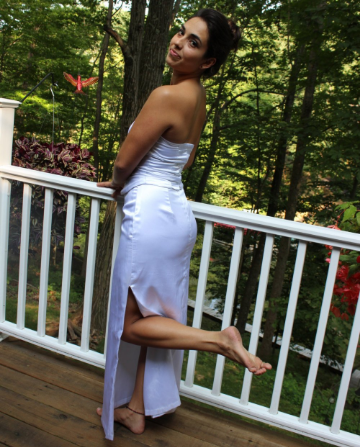


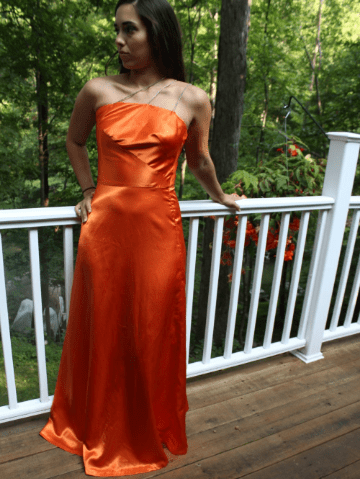
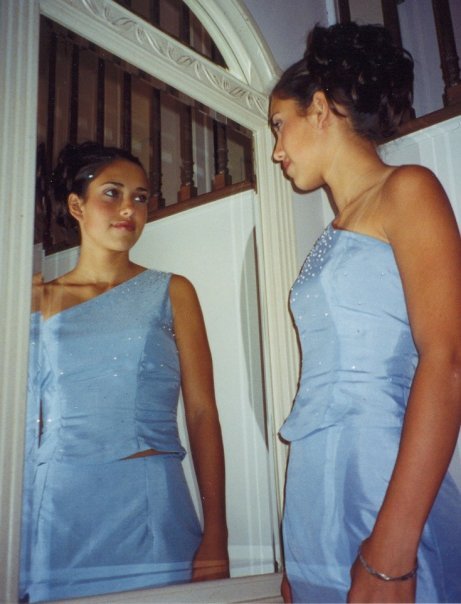
Here is a bag I made from retro pants found at the Salvation Army. The idea was inspired by an American Girl Doll book (since we never owned a doll, we had a book instead):
The 80s dress I bought at the Salvation Army for less than $9 for my Senior Prom. I won Prom Queen with this dress!:
Aside from the Salvation Army, I volunteered at the Catholic Charities Hispanic Outreach Services in Pontiac, Michigan that use to be located in an old mansion with an attic full of lightly used or vintage items that were donated to the Outreach for them to sell for fundraising. My abuela use to call that informal store attico-Kohls. Both of these locations plus my ability to make my own items, or tailor used items to my own liking, provided inexpensive alternatives to create my unique style that I will describe as Latina-Vintage-Chic. I loved mixing bright colors, off the shoulder tops, shimery or glittery, flowy or frilly, and/or vintage old school — all on a budget.
Vintage store finds and shots in Ann Arbor, Michigan in 2011:
Fast forward 15 years, and I still do this to create a unique sense of style, but most importantly to save money. Moreover, I’ve learned the detrimental impacts that over-consumption of material things like clothing can have on the environment. Did you know that, the average person in the U.S. buys 65 articles of clothing a year, each item only to be worn a few times? According to Greenpeace, “global clothing production doubled from 2000 to 2014. The average person buys 60 percent more items of clothing every year and keeps them for about half as long as 15 years ago.” This is not only a huge waste of money that could go towards building wealth or traveling, but also a huge waste of resources like vital water supply, overuse of gas for transporting of these goods that contributes to CO2 emissions, etc. According to Forbes – Making Climate Change Fashionable – The Garment Industry Takes on Global Warming, “it takes more than 5,000 gallons of water to manufacture just a T-shirt and a pair of jeans.” The United Nations Climate Change News states that “the fashion industry contributes 10% of global greenhouse gas emissions due to its long supply chains and energy intensive production.”
So who’s ready to join the #NoNewMaterialThings, #BuyUsedOnly, and/or #BuyNothing trend in order to save more money for building wealth, or more importantly for travel? One can argue that traveling can be as harmful to the environment as the clothing industry, so for our sake let’s hope that transportation & travel continues to become more energy efficient, conscious, and sustainable. Furthermore, I will continue to enjoy my more sustainable wardrobe, perfect for traveling the world, while advocating for a more sustainable textile and travel industry. In fact, I consult for my prima Carolina Chavarriaga’s small clothing & accessories business, and convinced her to recycle used materials, fabric, and/or clothing for her products from here on out. Follow her FB page and Instagram, and check out this video announcing her new sustainable business endeavor:
For more Latina Thrifty Vintage fashion inspo, make sure to check out Bomba Estéreo‘s leading lady Li Saumet‘s venture as the co-owner of Soy Banana Life Tropical Vintage Store located in Santa Marta, Colombia (follow @soybananalife on IG):

